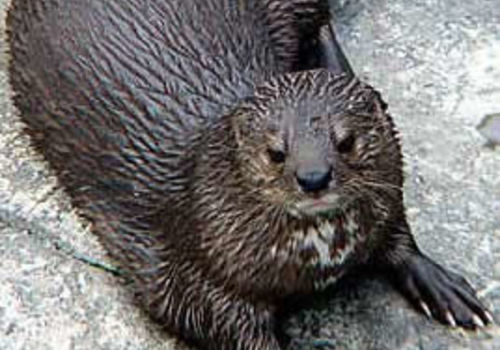
Spotted necked otter
Hydrictis maculicollisSpotted necked otter
Introduction: The spotted-necked otter is known to favour deeper waters than the clawless otter. They depend on adequate riparian vegetation such as long grass, reeds and bushes. This environment provides essential cover, as do permanent and unpolluted rivers, streams and freshwater lakes. Group sizing depends on availability of food, with groups of up to twenty possible in the Okavango and Chobe areas.
Otters are at risk from humans who believe otters reduce fish stocks and prey on livestock. They are also used for traditional medicine. Opportunities of sighting the spotted-necked otter are greater on the Namibian side of the Chobe River, due to the superior riparian vegetation allowed to develop through Namibia's lower elephant population.
Distribution: Okavango swamps and Chobe River areas of Namibia.
Diet: The spotted-necked otter hunts by sight, capturing mainly small fish, crabs, frogs and aquatic insects in the mouth.
Colouring: Dark brown fur that appears black when wet, white throats and chests.
Breeding: Females have 2 young in spring and the gestation period is around 60-63 days.
Size: Overall head, body and tail length 1m
Weight: 4-6kg
Klein Windhoek

